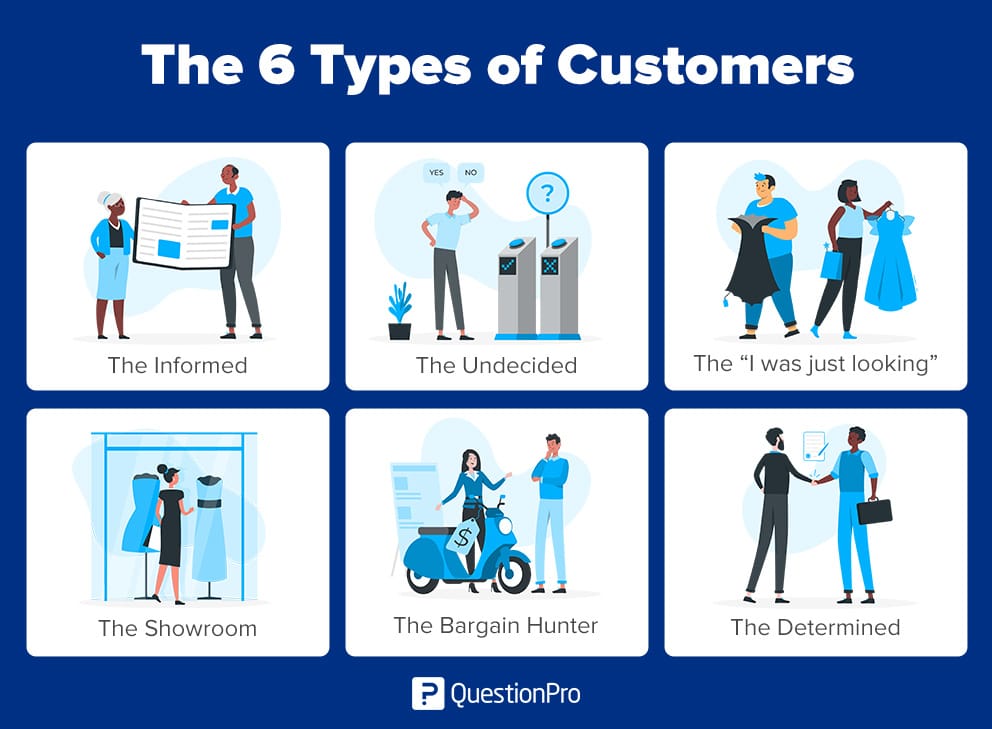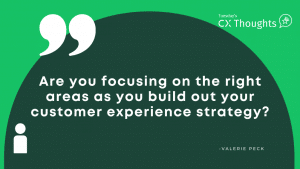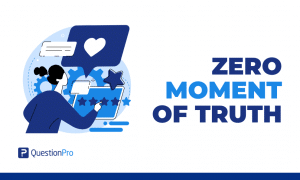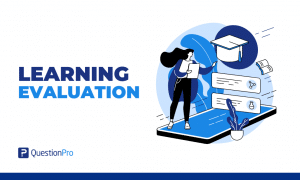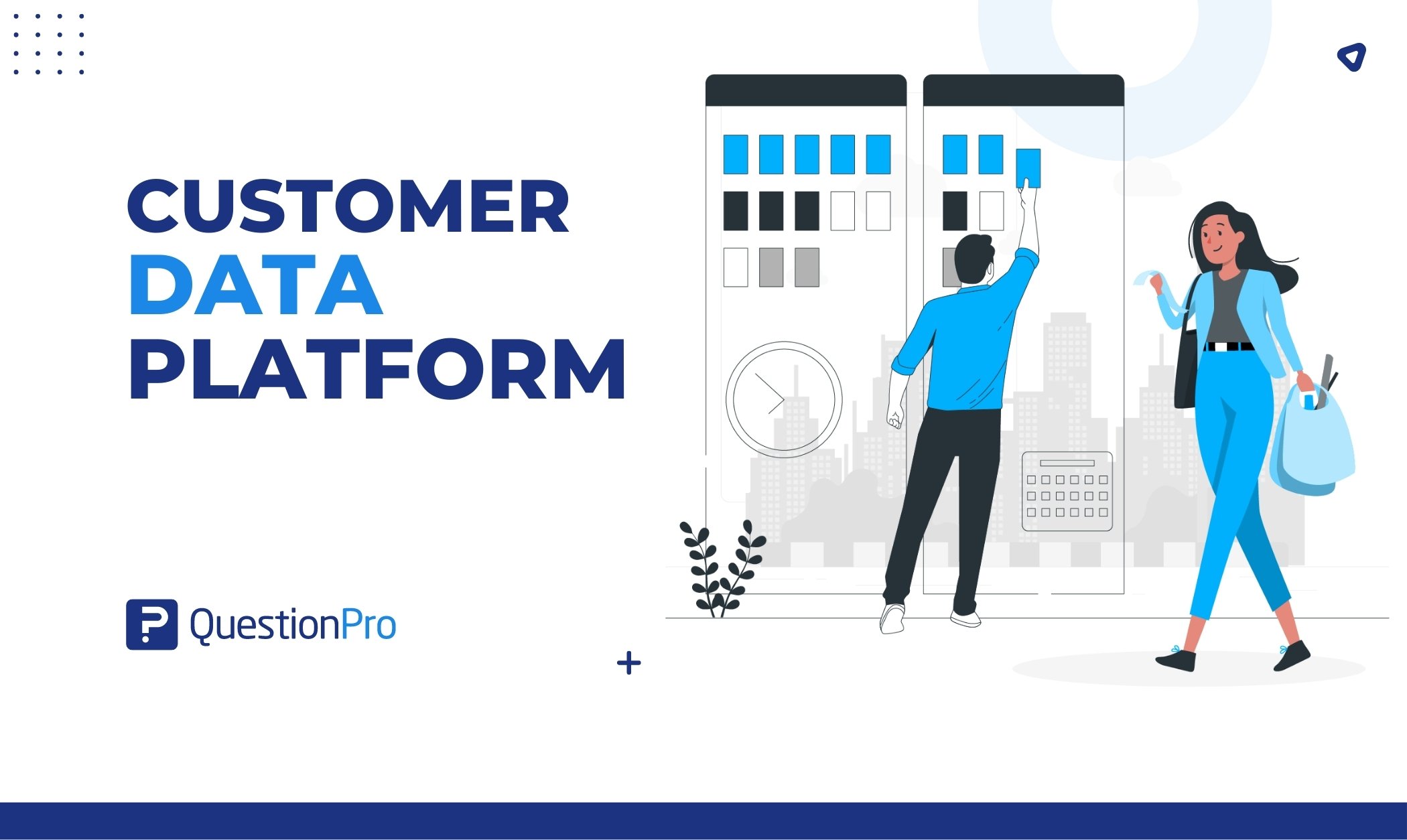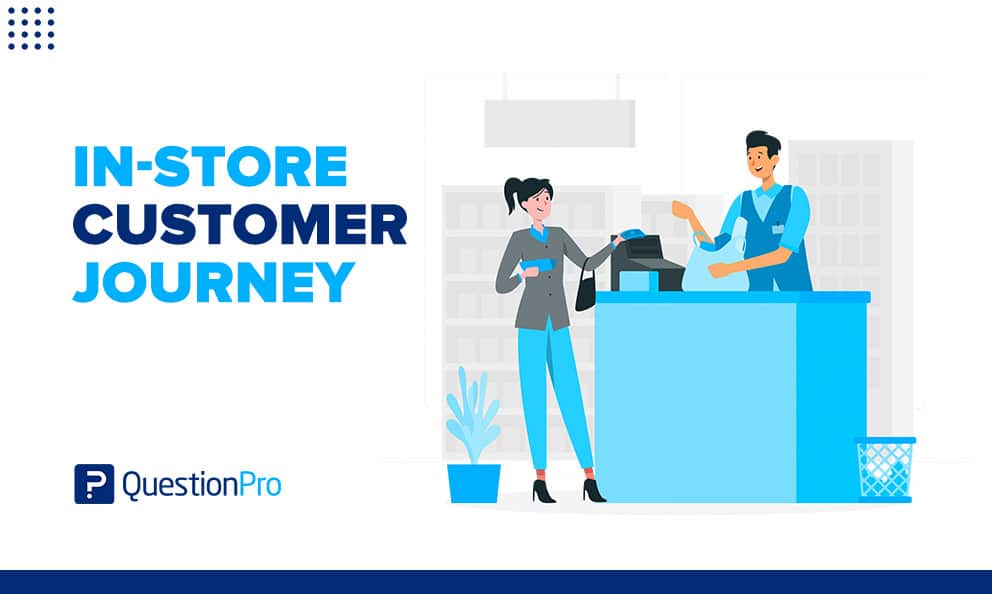
The retail sector is very broad, covering many subsectors such as fashion, home, beauty, appliances, electronics, etc. Despite the variety that exists in retail stores, the customer journey follows the same guidelines in all of them.
Businesses must understand the journey their customers take, from when they are conscious they have a need and look for options to satisfy it until they finally make the purchase.
By understanding this journey, they can better understand their target audience and offer them the shopping experience they are looking for and stand out against the growing competition.
The Customer Journey Map is the tool that allows you to draw that route. With the in-store customer journey, you will learn what the needs and preferences of customers are, but also the points of friction to improve customer service. This way you can guarantee the best customer experience.
In this article, we will cover what is an in-store customer journey, types of buyer personas, touchpoint examples, and more!
What is an in-store customer journey?
The in-store customer journey is the path a customer takes in a physical store. Mapping the customer journey interaction in a store helps track the numerous touchpoints that your customer has with your brand.
Understanding the in-store customer journey touchpoints in retail will help the business provide a better customer experience, which is directly correlated to customer retention and advocacy for your product or service.
Identifying touchpoints will help to identify the channels through which buyers contact the store. These channels can be physical (the store itself) or online, such as e-commerce, email, social networks, online forms, blogs, etc.
Nowadays it is essential for businesses to offer different contact channels, as customers prefer a variety of options. In addition, you should consider having an omnichannel strategy, that is, offering the same shopping experience through all channels and allowing buyers to move between one channel and another, continuing with the same process in each interaction.
Having an in-store customer journey in place is key to understanding the behavior of consumers. According to research, it is critical that 2 out of 3 investments made by retail professionals focus on improving the understanding and analysis of in-store customer journey and their behavior to improve customer experience.
If you like reading about in-store customer journeys, you might find it interesting to learn about what are online surveys.
Key Aspects of an In-Store Customer Journey
If you’d like to find out the reasons why it’s important having an in-store Customer Journey Map developed, keep on reading.
1. Define the experience to map
If you have decided to map your customer journey, you should know that you can trace the customer experience in different ways. In other words, you can draw the entire journey that customers take from when they decide to buy something until they finally do.
Or you can map a specific moment of the trip, like, for example, the moment of purchase only. This option is useful for when you already know the customer journey, but want to focus on one part of the journey to improve it.
2. Identify your ideal client
Another key step in drawing the retail store customer journey map is to identify the ideal customer or buyer persona.
You must bear in mind that, in this sector, more than others, customers can be very different. This makes it difficult to map your trip since the interaction with the business will depend on the habits of consumers.
Therefore, it is essential that you are clear about, at least, the main customer archetypes. Based on this information, you will have a better idea of how to meet their needs in each of the stages of the customer journey. These are some of the main buyer journeys that you can find in the retail store.
a) The informed
It is the type of client that investigates in depth before making their purchase decision. They read product descriptions, review ratings and reviews from other customers, compare prices, etc. Therefore, when they enter a store they already know what you have to offer them and they usually come with a battery of questions and doubts about the product. For these customers, it is important to have highly-trained customer service staff on all technical aspects of the product.
b) The undecided
This is the client that has detected a need, but not the best solution. They are not sure about the purchase, so he prefers to wait to make the decision. Your indecision may be caused by being overwhelmed with the number of options on the market or not knowing enough about what you want to buy. This type of client, not being an expert, needs to be accompanied in the purchase decision and patiently advised by the salespeople of the retail store.
c) The ‘I was just looking’
It is the type of customer who wanders through the store and who initially has no real intention of buying. They may have entered the business because they are killing time or because something caught their attention. Normally, it is possible that you have not even identified the solution to your possible need, so a good way to find out is to gossip about what is on offer. This is a type of customer who can end up being very impulsive in making a purchase if a good salesperson knows how to create the need for them and show them alternative solutions.
d) The showroom
It is the buyer who goes to the store to investigate or try a product, but who makes his purchase online. Many customers still need to physically see the product, experience it, and confirm that it is indeed what they need. The fact that you complete the purchase through the internet can be for many reasons, comfort, price, you were thinking about it and you don’t want to go back to the store a second time. The important thing, whatever the reason, is that the brand ensures that the shopping experience is truly omnichannel and the customer does not have the feeling of buying in two different stores.
e) The bargain hunter
It is the customer whose main motivation is price. They look for the lowest and can go from store to store until they get it. In this type of buyer, loyalty is very complicated because decision-making only depends on the price factor. It is not the ideal customer because it will be difficult to convert it into a regular customer with a certain recurrence of purchase.
They are going to be a very sensitive customer to offers and promotions, and we will have them whenever we lower the price. But the real challenge with these users is to be able to get them to perceive a differentiation in the brand with respect to the competition, so that price is not the only deciding factor. But do not despair, the real percentage of this type of client is very low compared to the rest of the buyers’ persona.
f) The determined
They are very direct customers because they already know what they want. Your goal is to enter the store, find the product, buy it and leave as soon as possible. They have clearly identified their need and the product that solves them.
Normally, they are repeat customers who already know the brand and have bought those products before. The mission with these clients is to achieve recurrence and improve the average purchase receipt.
If you like reading about an in-store customer journey, you might find it interesting to learn about how to create a customer journey canvas
The 5 phases of the in-store customer journey
Throughout the in-store customer journey, customers go through different phases. These are well-differentiated, but in the case of the retail store, since there may be different types of consumers, each phase can vary considerably.
These are the phases of an in-store customer journey:
Phase #1: Before the purchase
- Discovery
This is the stage in which the buyer realizes that he has a need and that he wants to satisfy it. It is the moment when people decide to do research on retail stores that could meet their needs.
To this end, customers do searches on Google, on social networks, visit the physical store if there is one or even ask family and friends to recommend a brand.
- Consideration
The consideration stage begins when potential customers have already found your store after their research. They have already found out about your location, and what you offer and they think your business could meet their needs.
However, they have also looked at other options, so they are evaluating which one suits you best.
Phase #2: Purchase
- Purchase
After considering their options, the customer finally decides on your business and makes the purchase. At this time it is key that stores offer all the facilities so that the process is carried out in the most efficient way possible, whether in a physical store or online.
Phase #3: After the purchase
- Retention
After the purchase, the customer journey does not end. The third phase begins, which is the post-purchase, in which the objective is customer retention. Right now, stores need to apply loyalty strategies to keep customers coming back for more.
- Recommendation
It is the last stage of the customer journey and depends on what the business has done in the previous stages. If throughout the customer journey your business offers a good experience to customers, it is very likely that they will recommend the store to their acquaintances.
If you like reading about what in-store customer journey, you might find it interesting learning about customer journey vs customer experience: the difference.
Identify the touchpoints of an in-store customer journey
Shopper interaction with the store happens multiple times throughout the customer journey. These are the so-called touchpoints and it is essential to identify them in order to create different strategies to facilitate interactions.
Discovery
- Search for information on retail stores: know the existence of the store and investigate it and what it offers.
Research
- Feedback research from other buyers: Search for comments and reviews about the buying experience of other customers.
- Search for promotions: investigate the availability of discounts or special offers on different types of products.
Acquisition
- Product request: visit or contact the store to make the purchase.
- Delivery of personal data: request for personal data by the store.
- Payment: payment process for the purchased product.
Retention
- Customer recommendations: take criticism, be it positive or negative, about the retail store.
- Loyalty program: includes a points program, offers or discounts for a future purchase.
Recommendation
- Complaint: the client makes a direct complaint about a negative experience.
- Internet review: the buyer leaves a review or comment of the business, which can be positive or negative.
Learn what are in-store surveys and how to use them.
LEARN ABOUT: Consumer Decision Journey
How to make the best out of in-store customer journeys
The customer journey map is a fundamental tool to get to know your customers and thus improve their experience throughout their journey. With QuestionPro CX you can deploy offline/online customer satisfaction surveys strategically at every touchpoint in your customer journey with questions having NPS incorporated. You can also make better decisions with actionable insights provided by smart dashboards, reports, and our exclusive NPS+ question.
Work hand in hand with CX professionals and ensure the best customer experience. Although competition in the retail sector is increasing, if you apply tools such as the ones QuestionPro CX offers you can boost your customer loyalty and retention.
At QuestionPro CX we offer you the best tools to monitor the customer journey in your organization. Contact us! We would love to team up with you to help you achieve better customer experiences!




